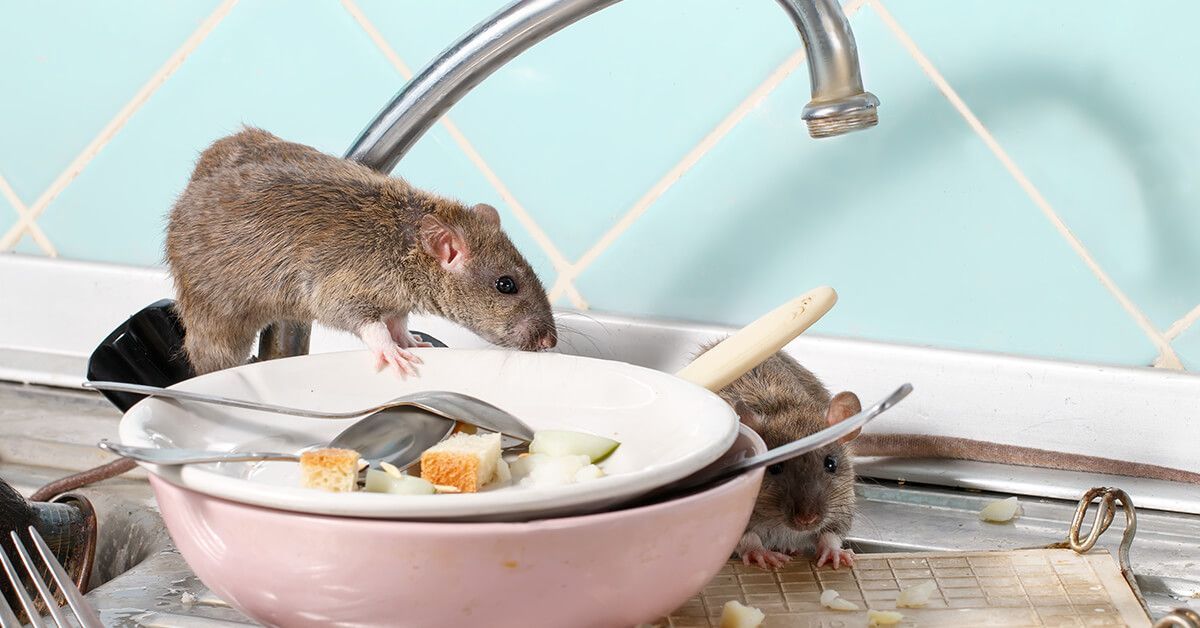Nothing gives you the creeps like watching actual creepy crawlies scuttling over your kitchen floor. When pests, big or tiny, enter your house, it’s usually because they’re hunting for food, water, and refuge. To keep these unwanted visitors at bay, it’s necessary to recognize some of the most common causes of pest infestations and adopt preventative measures.
UNTRIMMED TREES AND SHRUBS
If you have trees and shrubs with branches and leaves hitting your home’s exterior, you may soon have ants, spiders, or other pests entering your property. Shrubs growing alongside your house can also absorb excess moisture, creating an ideal environment for pests and the possibility of growth of mold
SOIL
Soil can cause a pest infestation in your home in a variety of ways. If soil comes into contact with your home’s exterior, it may bring ants or termites inside, resulting in severe damage. Soil grading can also force water toward your property, attracting pests and potentially causing leaks or floods.
What you can do is to allow 6 to 8 inches of gap between the soil or mulch and the siding of your home. You can also excavate an area to prevent soil from coming into contact with the home siding, deck posts, or deck staircases.
Ensure that the soil is graded away from your home instead of toward it. This directs rainwater away from your home and into the streets and storm drains.
GAPS IN CRAWL SPACE
The last thing you want to find when you need to get into your crawl space is pests or signs of pests, such as their waste. Gaps in your crawl space let rodents and other critters get access to not only the crawl space but also the rest of your house.
Fill gaps with a properly fitting crawl space door and repair any damage to foundation vent screens or insulation by hiring a local crawl space encapsulation professional. No matter how tiny, seal any holes or crevices surrounding the crawl area. Mice can slip through holes as small as a cent, while rats can fit through holes as small as a half-dollar coin.
SOFFIT VENT SCREENS AND CHIMNEY CAPS THAT ARE MISSING OR DAMAGED
Soffit vent screens keep pests out while allowing attic and home airflow. Chimney caps keep out birds, squirrels, and raccoons, as well as snow and rain, while letting smoke escape when you’re enjoying a warm fire.
If one or both of these things are missing, pests may enter your home by accident or to seek sanctuary. Re-screen soffit vents using galvanized quarter-inch hardware cloth and stainless steel staples or screws.
CLOGGED GUTTERS
Pests are drawn to clogged gutters for a variety of reasons. The trash can provide a breeding ground for bugs, but it can also contribute to stagnant water, which draws mosquitoes. Overflowing gutters can cause damage along the home’s side and foundation, which can attract pests.
Even if you don’t have many trees around your house, clean your gutters at least twice a year. And if you have a lot of leafy maples or dogwoods on your property, you should clean up the gutters every one to three months.
LEFTOVER FOOD
When it comes to survival, pests aren’t particular about what they eat. Any food or beverage left exposed, whether it’s a few crumbs on the counter or a slobber-filled dog bowl, will attract a variety of pests.
Throughout the day, wipe off counters, tables, and sinks to completely remove any crumbs or food scraps. After your dogs or cats have finished eating, wash out their pet bowls on a regular basis. As soon as you’ve finished your meal or drink, remove cups and other dishes from bedrooms and living spaces.
FAULTY DRAINAGE
You’ll see a lot of cockroaches at the sink and in the bathroom if the drains are clogged. It’s best to act quickly and get a plumber to take care of the situation right away, preventing more of their tribe from entering.
Once a month, look for disconnected downspouts around your home. Check downspouts during rainstorms to see where they’re pouring water. The water should flow away from the house instead of toward it.
DRY WOOD
Firewood or other materials kept against the house provide breeding grounds for a variety of insects. Ants and wood pests are drawn to the moisture in wood and can be found in these areas. These ants or pests will easily creep inside the wall against which the firewood is piled if these woods are not removed.
Stack firewood on a pallet or other sturdy structure to keep it off the ground and dry. Keep firewood at least 5 feet away from the house’s side. To reduce the amount of pests, cut or acquire wood in the late summer or late fall and ensure that it is dry to less than 20% moisture content.
These are just a few of the many common problems that lead to pest infestations regularly and several of these issues can be resolved quickly and easily. However, some issues require assistance; you cannot solve them on your own. So it’s best to hire professional pest control services like Local Exterminator. We will help you get rid of every pests that can be hiding in your home.




